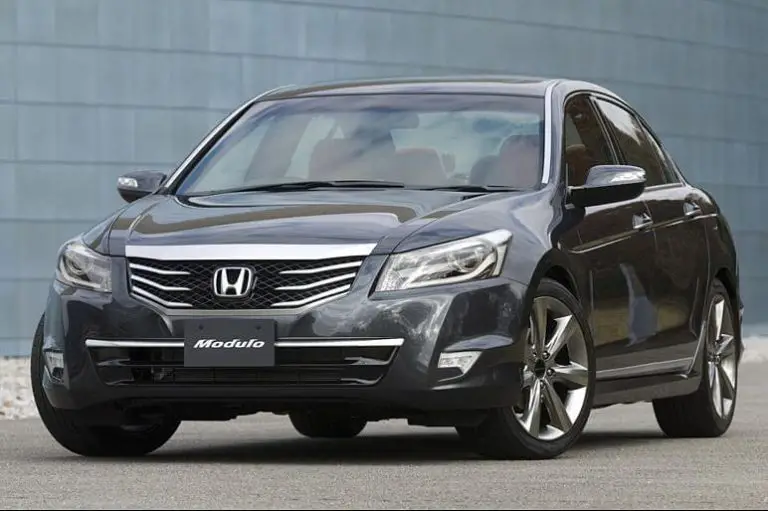Don’t panic if you can’t find the remote control for your DVD Toyota sienna. This article will explain how to play a DVD on a Toyota Sienna without a remote.
How Remotes Operate

Every time you press a button on your remote, a signal is sent from the circuit board of the remote to the other device. Essentially, it sends a command code to your TV, instructing it what to do. This is usually an infrared signal, so you must be within 100 feet of the other device and within line of sight.
Because of their larger range of compatibility, universal remote controls can be used with more devices. You must press a sequence of buttons to synchronize one of these remote controls with your TV to program it (or another device).
These codes often consist of numbers, but occasionally they also consist of a string of other buttons. Your remote’s commands signal the other device it wishes to pair when the sequence begins. It can be challenging to link your remote because each receiving device has a certain receiving sequence.
How to Play DVD in Toyota Sienna without Remote

Several of Toyota’s vehicles, including the Sienna, now have integrated Bluetooth modules. Your cell phone can be connected to your Sienna so you can answer and finish conversations while driving and route calls through the speaker system.
Blu-ray player without a remote
Most current Blu-ray and DVD players are created to be used with remote control. Playing discs on the gadget could be challenging if you don’t have one or if yours has stopped working.
Check to see if your player has controls built into the hardware first. You may be able to operate the player without a remote control by pressing the play, pause, fast-forward, and other buttons, but you will have to get up from your seat to use the unit, and you might not be able to access all of the DVD’s settings.
Making use of a universal remote
You might not be able to play movies on an LG DVD player without remote control, a play button on the device itself, or a model of a similar make from another company.
One choice is using a universal remote control, which can operate various gadgets. You can operate your TV, DVD player, Blu-ray player, cable box, and other entertainment equipment with the same remote control.
Universal remote controls can sometimes look up the codes for all the devices you own, but other times they need to be manually programmed, usually by entering a numeric code corresponding to the device. The right code in this situation can be found online or in the remote control’s instructions.
Once it has been programmed, test the gadget to ensure it can operate the devices you want. You won’t require an additional remote control for this item if it operates properly.
Using the app for the remote control
Some recent gadgets let you operate them without a separate remote control using a smartphone. You should have set up the device to use the built-in remote control to connect to a wireless network before controlling it using the smartphone application, depending on the application and device.
Verify the settings and apps that are available for your smartphone. You can request a replacement remote control from the manufacturer if an app is unavailable.
Connecting a Bluetooth phone to a Toyota Sienna with a DVD navigation system
- Push the “end call” button on the steering wheel of your Sienna.
- Choose “Yes” when the navigation system prompts you to connect your phone.
- Click “Connect phone,” then select “Add new phone.”
- Set your phone to look for new Bluetooth devices in step 4.
- Choose the navigation system for your Sienna from the list of devices.
- Key in the Bluetooth passcode shown on Sienna’s navigation panel.
Siennas without DVD navigation system
- Turn on the speech recognition feature on your Sienna and say “settings.”
- Select “phone only” under “Pair Phone” after pressing the voice command button and saying “Phone Settings.”
- Say “confirm” after naming Sienna on your cellphone.
- Tell your phone to look for new Bluetooth gadgets.
- Choose the Bluetooth module on your Sienna, and then enter the password that the audio system on your Sienna displays.
Frequently Asked Questions
How do I link my Android phone or tablet to my Sienna TV?
Choose “RR system” from the Sienna screen. When requested on your Android smartphone, provide permission for the Sienna screen. The Mira cast button on your entertainment system remote should be located and pressed. On the screen, take note of the “Device Name.”
The 2022 Toyota Sienna has what kind of entertainment system?
For 2021, a thorough redesign of the 2022 Sienna Hybrid was undertaken. Rear entertainment systems with 11.6-inch HD displays and wide viewing angles are standard on the XSE and Limited trims of the 2022 Sienna.
Is it possible to operate a DVD player with a phone?
With the help of the Power Universal Remote Operate app, you may control a DVD from your Android smartphone. The presence of an infrared port on your Android smartphone or tablet is crucial.
Can Toyota’s production of Sienna end?
The Toyota Sienna is still available, unlike many other minivan models. The Sienna is making a valiant effort to shed its derogatory minivan label after receiving a redesign for the 2021 model year.
What is the cost of a Toyota Sienna?
The front-wheel drive LE model of the 2021 Toyota Sienna costs $34,460. A 7- or 8-passenger arrangement is available for $39,750 when upgrading to the XLE. Although oddly, the 8-passenger vehicle doesn’t seem to have that option, AWD costs $2,000 more on those two grade levels.
Conclusion
Remote control is required to use a DVD player placed in a car. A universal remote control can take the place of a broken or misplaced DVD player remote. Once programmed, one can acquire a universal remote control at a drugstore or hobby shop, and it can access all DVD player features.
Expert Opinion
If your Toyota Sienna’s DVD remote is missing, the DVD player should finally start playing if you quickly push each of the four control buttons in the display’s lower left corner. To control the player, you can use a universal remote control or, with some models, a smartphone app. In many instances, you may also purchase a replacement remote directly from the maker. I hope you have learned how to play DVD in Toyota Sienna without remote.
References















